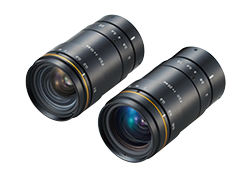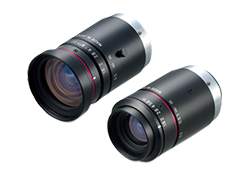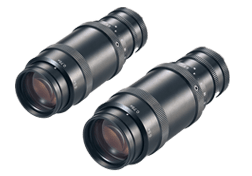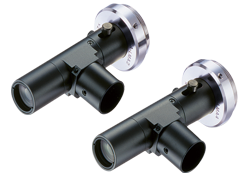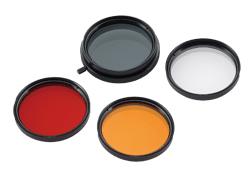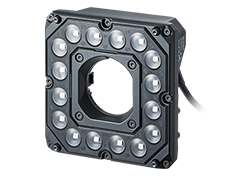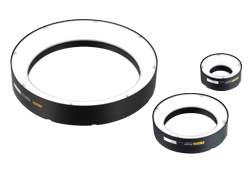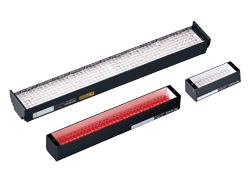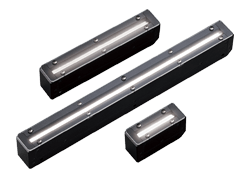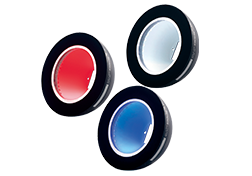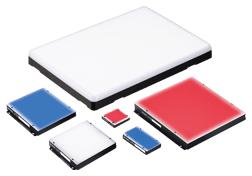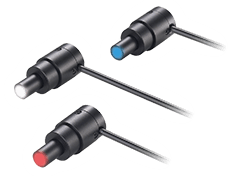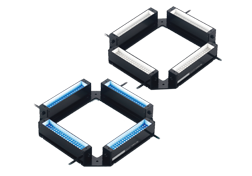Lenses
for Machine Vision Vision System Peripheral Equipment CA-L Series

Low-Distortion LensStandard low-distortion lens lineup featuring environmentally resistant models.
CA-LA/CA-LHxP
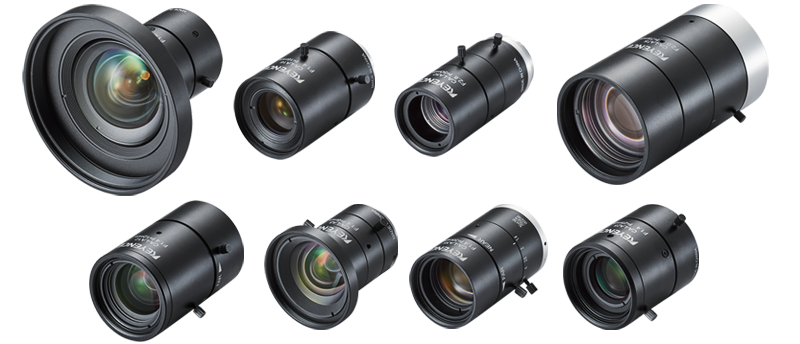
Minimum working distance
When compared to standard lenses the CA-LA Series has a significantly reduced minimum working distance.
This means that one lens can easily accommodate for a range of different target heights without the need for close up rings or troublesome change overs.
Lowest distortion in its class
With an original optical design, the CA-LA Series drastically eliminates distortion. This is of great significance when using machine vision for dimensional measurement or other applications that need high precision and performance. Distortion is reduced to 0.03% or less. *
- For CA-LA75
![[Comparison of distortion] Standard Lens / CA-LA](/Images/peripheral_ca_la_ca_lhxp_img_02_2250014.jpg)
High performance
Designed for factory automation, it provides high resolution from short range to infinite distance. Contrast is also significantly improved compared to conventional models. Even targets with low contrast differences can be reproduced reliably without blending with the surrounding area.
![[Comparison of magnified images] Standard Lens / CA-LA](/Images/peripheral_ca_la_ca_lhxp_img_03_2250015.jpg)
Environmentally resistant models
- Enclosure rating IP64 applies when connected to the environmentally resistant cameras (CA-H Series or CA Series). For details, see the instruction manual supplied with the lens or environmentally resistant camera.
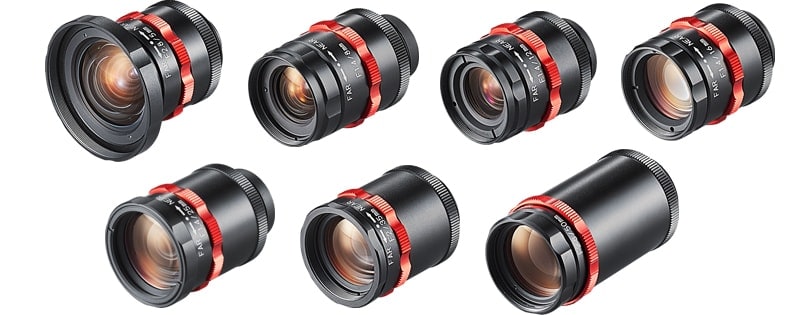
IP64 rated lens
This series can be used in areas that are prone to environmental problems such as powder, dust, and vibration. A fixed aperture resists vibration at factory sites. The IP64-rated lenses can be used safely in various environments.

Locking the focus
After extending the lens to adjust focus, use the red ring to lock it. The construction of this locking section differs from the pin-point operation of a screw and performs fixing across a wide area, which makes it difficult for any loosening to occur. The sufficient focus adjustment width enables both a minimum working distance of 0.1 m and ease-of-use.
Lock the focus with the red ring.



